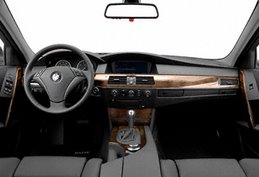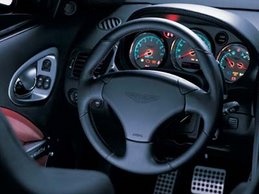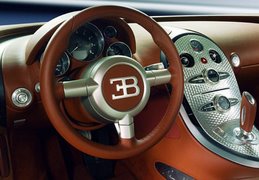 2007 Honda Fit Sport Automatic - For anyone interested in preserving the negotiable contents of one’s pockets, small cars make big sense, and the more fuel prices soar, the more sense they make. Beyond that, the penalties we once associated with small cars — noise, spartan accommodations, primitive amenities, motor-scooter power — are essentially gone.
2007 Honda Fit Sport Automatic - For anyone interested in preserving the negotiable contents of one’s pockets, small cars make big sense, and the more fuel prices soar, the more sense they make. Beyond that, the penalties we once associated with small cars — noise, spartan accommodations, primitive amenities, motor-scooter power — are essentially gone.Where we have had reservations regarding small cars is when we encounter one whose limited power resources are further drained by an automatic transmission. Generally speaking, self-shifting plus modest power yields a car whose role in life seems to be getting in the way.
So there’s this institutional prejudice we harbor when we plant our backsides into any automatic-equipped subcompact. Which is precisely what makes the Honda Fit Sport automatic a pleasant surprise. As subcompact automatics go, it actually goes. Okay, 0 to 60 mph in 10.4 seconds isn’t likely to produce brownouts in your peripheral vision.
The key to all of this is the Fit’s five-speed transmission. That’s five forward speeds, as distinct from the four-speed autos offered by most other subcompacts on the market. Five speeds are obviously a better bet for optimizing the thrift-oriented power of the Fit’s 1.5-liter SOHC 16-valve long-stroke VTEC four: 109 horsepower at 5800 rpm, 105 pound-feet of torque at 4800 rpm. Even better, the Fit’s automatic includes paddle shifters and a manumatic function that’s essentially bimodal.
The automatic commands an $800 price premium on the $15,720 Fit
 Sport, and it’s a pretty sophisticated piece of equipment for a car in this class. The product planners chose this transmission over a continuously variable one because they felt a conventional automatic was a better bet for the U.S. market — that is, sportier, and also more compatible with the paddle-shift setup.
Sport, and it’s a pretty sophisticated piece of equipment for a car in this class. The product planners chose this transmission over a continuously variable one because they felt a conventional automatic was a better bet for the U.S. market — that is, sportier, and also more compatible with the paddle-shift setup.So, would we opt for a Fit Sport automatic? Whoa — that’s going a bit far. At the end of the day, we still think the operation of a good manual gearbox — the Fit’s standard transmission is arguably the best in its class — enhances the relationship between car and driver.













No comments:
Post a Comment